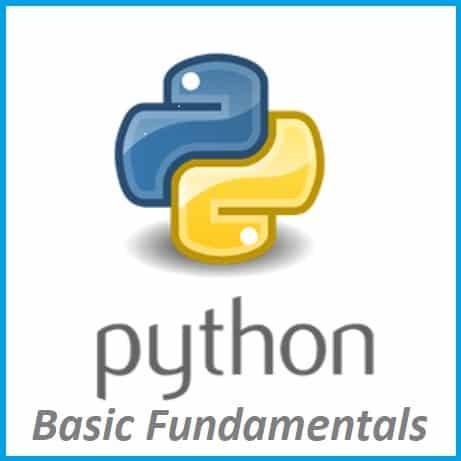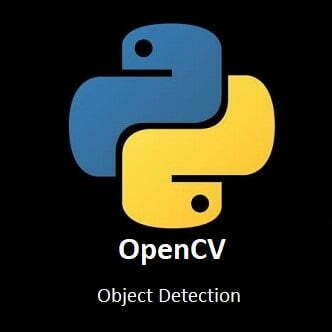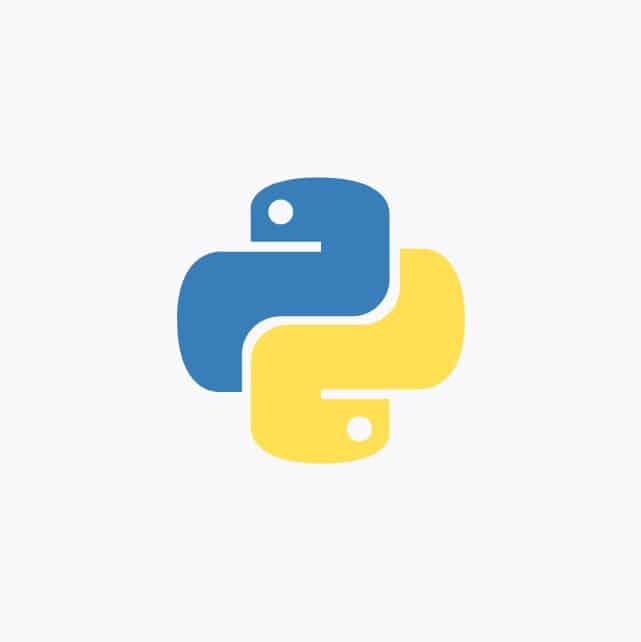
Extensible Python Programming with Libraries
Python’s strength lies not only in its core functionality but also in its vast ecosystem of libraries, modules, and packages. These extensions provide additional functionalities to Python, expanding its capabilities for diverse tasks. Understanding how to utilize libraries and modules is key to leveraging Python’s versatility. Let’s dive into the world of libraries, modules, and packages with this Python crash course guide. Discover their significance, installation methods, and applications in programming.
Python Modules
A module in Python is a file containing Python definitions, functions, classes, and statements. It acts as a container to group related code together. Modules can be reused across multiple Python programs, making code organization and maintenance easier. To use a module, you need to import it into your Python script using the import statement.
You can easily create your own modules in Python.
Example: Suppose you create a file/module named “math_operations.py” with the following content:
def add(a, b):
return a + b
def subtract(a, b):
return a - bYou can use this module in another Python script by importing it and using the dot notation just like the example below:
import math_operations result1 = math_operations.add(5, 3) result2 = math_operations.subtract(10, 7) print(result1) # Output: 8 print(result2) # Output: 3
Python Packages
A Python package is a collection of related modules that provide specific functionalities.
Examples of popular Python packages:
- NumPy: For numerical computing, array operations, and mathematical functions.
- Pandas: For data manipulation and analysis, particularly for working with tabular data.
To use a package, you need to install it first using a package manager like pip. Once installed, you can import its modules and use its functions in your Python code.
Example (using the NumPy library):
import numpy as np
array1 = np.array([1, 2, 3, 4, 5]) mean = np.mean(array1) print(mean) # Output: 3.0
Python Libraries
A Python library is a collection of multiple modules and packages that provide specific functionalities. Libraries encapsulate various useful functions and classes, making it easier for developers to perform complex tasks without having to reinvent the wheel. Python has a rich ecosystem of libraries that cater to diverse needs, such as web development, data analysis, machine learning, scientific computing, and more. Take note though, the term library is often used interchangeably with the term package.
Examples of popular Python libraries:
- Matplotlib: For creating static, interactive, and animated visualizations.
- Requests: For making HTTP requests and working with APIs.
- TensorFlow and PyTorch: For deep learning and neural network implementations.
- Django and Flask: For web development and building web applications.
To use a library, you need to install it first using a package manager like pip. Once installed, you can import its modules and use its functions in your Python code.
Modules and Libraries Quiz
Test Completed
Your final score: 0 / 0
Conclusion
In summary, Python modules are individual files containing Python code, libraries are collections of related modules that offer specific functionalities, and packages are a collection of modules and libraries. Packages and libraries are terms often used interchangeably. Python’s extensive package and library ecosystems contribute significantly to its popularity and versatility as a programming language.
Libraries, modules, and packages significantly enhance Python’s capabilities, providing a vast ecosystem of tools and functionalities for diverse programming needs. Understanding how to leverage built-in modules and external libraries, organize code with modules and packages, and create custom extensions empowers programmers to efficiently tackle various tasks. Mastery of Python’s extensibility broadens horizons, enabling the creation of robust and specialized applications across different domains.
In the next installment of this Python Crash Course, we will be learning all about Working with Dates and Time
Thats All Folks!
You can explore more of our Python guides here: Python Guides





